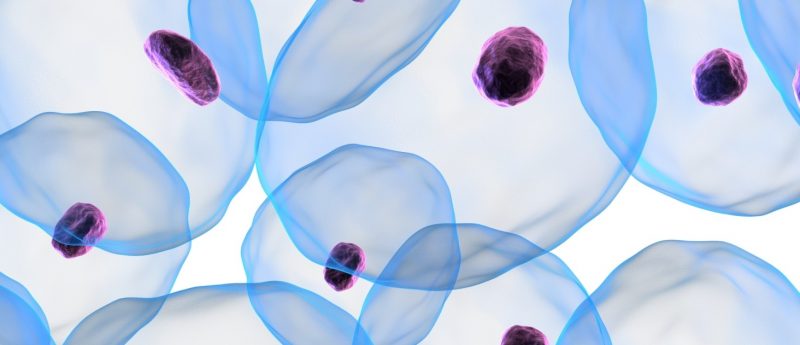Overcoming obstacles with stem cell research: is the answer in our blood?

Serum-derived protein could transform culturing of human pluripotent stem cells.
A team of researchers led by Cecilia Annerén (Uppsala University, Sweden) has identified an enhanced method for generating human pluripotent stem cell (hPSC) cultures. This discovery could lead to the more economical and rapid large scale industrial production of these hPSCs.
hPSCs, including human embryonic stem cells and induced pluripotent stem cells, have the ability to differentiate into any somatic cell type and self-renew indefinitely. This technology holds great promise in disease modeling, drug screening and cell-based therapeutics, resulting in an enormous demand for these cells.
Industrial-scale production of hPSCs is restricted by expensive culture methods as well as the utilization of substances unsafe to humans in the manufacturing process. There has subsequently been a call for more reliable, scalable and time-efficient culture methods to produce these pluripotent cells.
In a joint collaboration between scientists at the University of Nottingham (UK), Uppsala University (Sweden) and GE Healthcare (Sweden), a novel technique has been proposed that utilizes serum-derived inter-alpha inhibitor protein.When added as a soluble protein to the culture medium at seeding, inter-alpha inhibitor was demonstrated to enhance attachment and long-term growth of both embryonic and induced pluripotent stem cell lines.
“The protein can make stem cells attach on unmodified tissue culture plastic, and improve survival of the stem cells in harsh conditions. It is the first stem cell culture method that does not require a pre-treated biological substrate for attachment, and therefore, is more cost and time-efficient and paves the way for easier and cheaper large-scale production,” explained Sara Pijuan-Galitó (Uppsala University), first author of the paper.
“We now intend to combine Inter-alpha inhibitor protein with our innovative hydrogel technology to improve on current methods to control cell differentiation and apply it to disease modelling,” added co-author Cathy Merry (University of Nottingham).
— Written by Adam Price-Evans
Sources: Pijuan-Galitó S, Tamm C, Schuster J et al. Human serum-derived protein removes the need for coating in defined human pluripotent stem cell culture. Nat. Commun. doi:10.1038/ncomms12170 (2016) (Epub ahead of print); www.nottingham.ac.uk/news/pressreleases/2016/july/breakthrough-in-scaling-up-life-changing-stem-cell-production.aspx